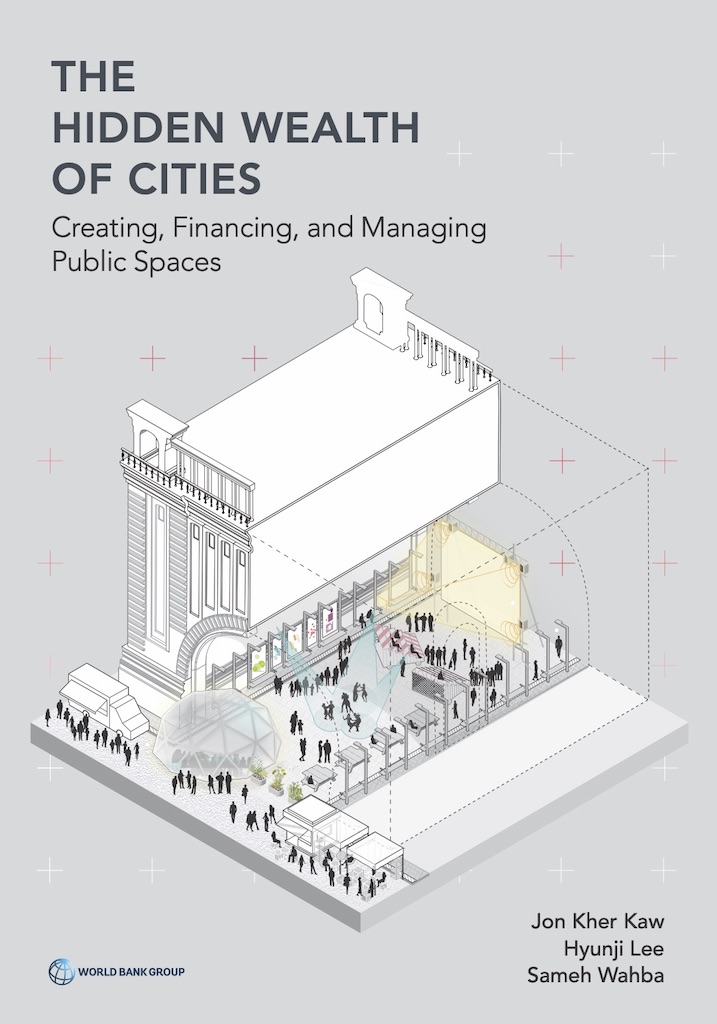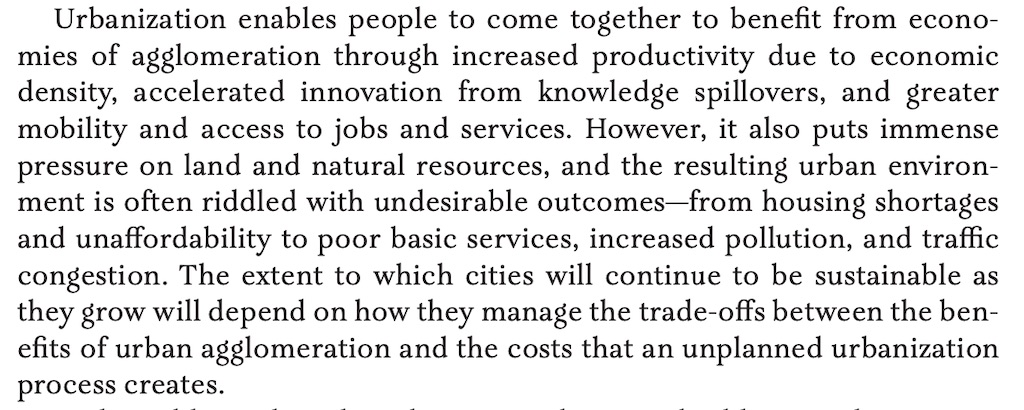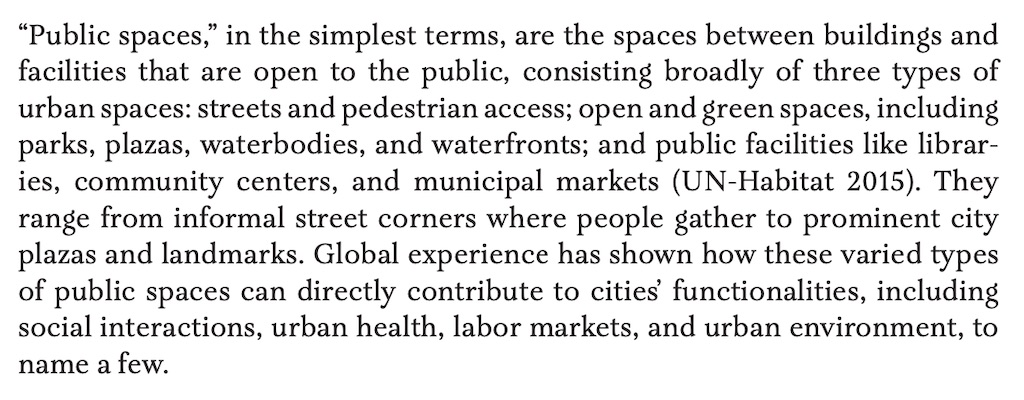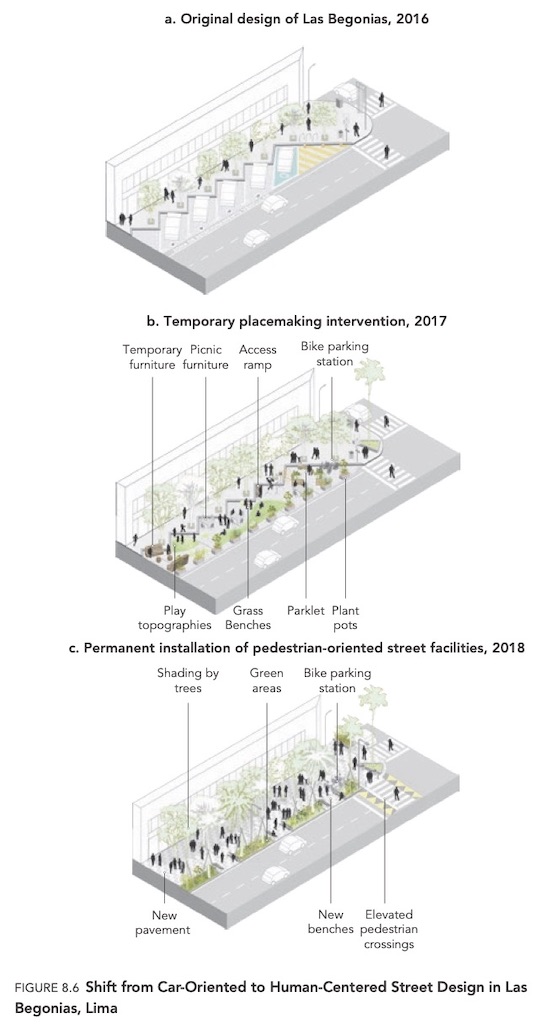The World Bank has published a 453 page report pointing out that public spaces are the hidden wealth of cities.

The need for space
The report points that while urbanisation has benefits, it also has externalities that need to be managed.

Public space includes streets
The report states that public spaces are more than just open space, they also include city streets, squares, plazas and public facilities such as libraries and markets.

The design of streets as public spaces necessitates significant improvements to enhance personal and traffic safety and to allow the under- privileged and users with special needs such as the disabled, elderly, women, and children to participate fully in public realm activities.
The benefits of high-quality public spaces are not limited to enhanced land and asset values. They also improve city livability and competitiveness by improving public safety, citizen inclusion, and health outcomes while also attracting entrepreneurs and a talented workforce who value well-designed, managed, and vibrant public spaces…
Streets make up most of the public land use in many cities. Transforming some streets from vehicular to pedestrian use allows for creating more human- centered spaces.
Tactical urbanism to build community confidence

Example of human-centred design
The report provides numerous case studies, such as this example of street space reallocation:

Streets Alive Yarra’s view
We agree that city streets, both shopping streets and residential streets, form a key element of public open space, contributing to liveability, inclusion and access. We’d like to see Yarra develop a Public Space Strategy that is based on the evidence from this report, and commit to transforming our public street space into more valuable and more beautiful human-centred space.
Published 14th April 2020
